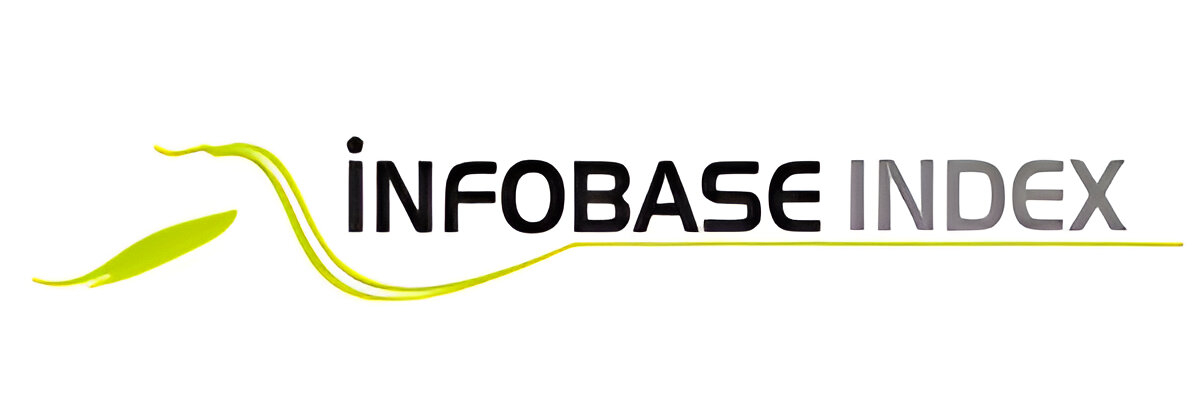DRIVER DROWSINESS DETECTION SYSTEM USING OPENCV AND KERAS
Keywords:
Artificial Intelligence, Convolutional Neural Networks, Anomaly DetectionAbstract
Drowsiness and intoxication are significant contributors to road accidents, posing a serious threat to public safety. This paper proposes a comprehensive system aimed at preventing fatal accidents by proactively alerting tired or emotionally distressed drivers in real-time. The system utilizes cutting-edge technologies to continuously monitor the driver's facial expressions, detecting signs of drowsiness or extreme emotional changes such as anger. Upon detection, the system takes control of the vehicle, initiates emergency measures, and alerts the driver through alarms, ensuring the safety of all occupants. To achieve this, the proposed system integrates with the vehicle's electronics, enabling seamless tracking of vital statistics and providing more accurate results. Real-time image segmentation and drowsiness detection are implemented using advanced machine learning methodologies. Specifically, Convolutional Neural Networks (CNN) and the InceptionV3 algorithm are employed for live prediction. The foundation of the system lies in its ability to monitor and interpret facial landmarks, extracting the driver's state of expression to determine potential dangers. By continuously analyzing facial features, the system aims to identify signs of fatigue or intense emotional shifts accurately. This approach ensures a proactive response, reducing the risk of accidents caused by impaired driving conditions. The effectiveness of the proposed system was evaluated under variable luminance conditions to simulate diverse driving environments. The algorithm showcased remarkable performance, outperforming existing research in terms of accuracy. The results demonstrated an impressive 83.25% success rate in detecting facial expression changes associated with drowsiness or extreme emotions.Downloads
Published
2025-07-31
Issue
Section
Articles
How to Cite
DRIVER DROWSINESS DETECTION SYSTEM USING OPENCV AND KERAS. (2025). International Journal of Engineering and Science Research, 14(2s), 416-435. https://www.ijesr.org/index.php/ijesr/article/view/876











